News Sammic | COVID-19
The vacuum as a tool to preserve food in times of crisis
Many hospitality establishments which were working at full occupancy have been forced to close due to the COVID-19 coronavirus. As you might expect, our corporate chef Enrique Fleischmann is one of the catering professionals affected. He tells us how they've been able to save many ingredients that would otherwise have had to be discarded.
"In order to do this in the optimal way, we only had to identify the needs of each of the products, load their vacuum programs and generate the cycle, and then print a label and store the product correctly." Among the goods stored, he mentions beef fillet, bone-in chops, foie gras terrine, prawns, cheeses, hams... and much more. "With the vacuum, we ensure that we maintain a quality that will allow us to return to our business and make the most of our ingredients." According to Fleischmann, with this technique they've been able to save a large number of ingredients, thus coping with an extraordinary situation that required a functional, professional and efficient solution.
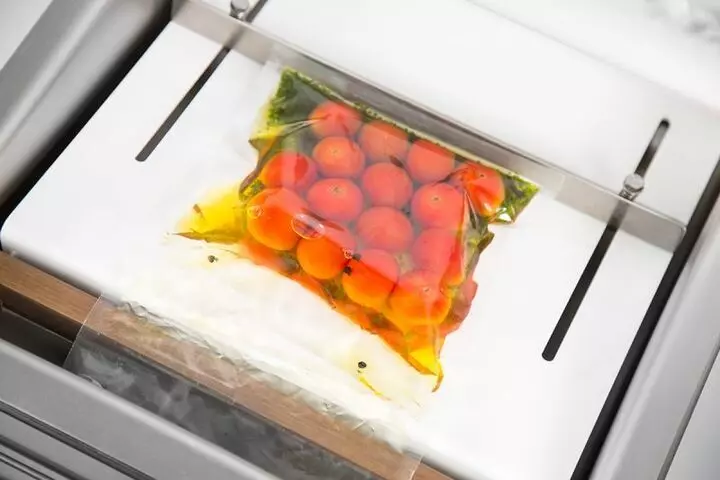
To achieve this, our Chef has used the different functions of his SU packer and shows us some of them:
Vacuum percentage and pre-set programs: the easiest way to standardise vacuum processes
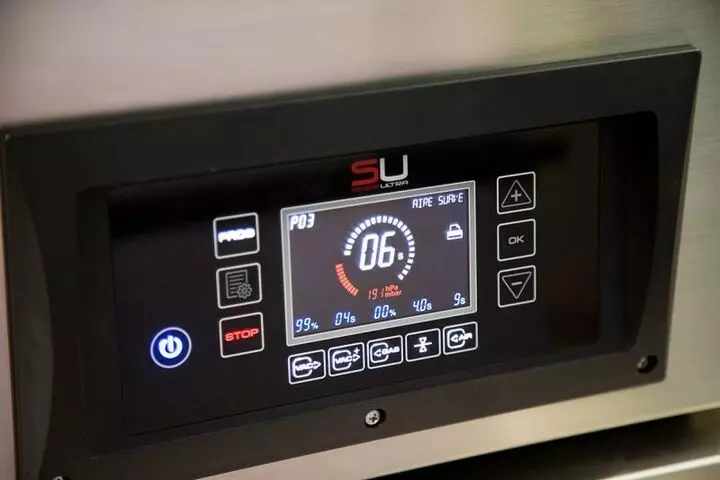
Sammic's vacuum packing machines always work with the specified vacuum percentage. This means that there is no need to calculate or estimate times and that the result is consistent, regardless of the amount of product we put in the bag. In addition, we are always aware of the real vacuum that is being created in the bag.
This functionality makes it easier to achieve a standardised working system with consistent and optimal results.
Real-time labelling: a real solution to a real need
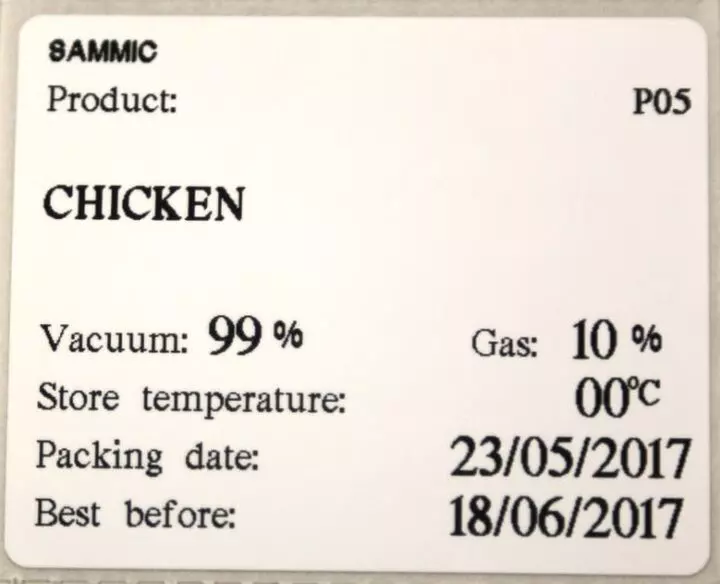
When we need to generate packaging to preserve or store food, it is extremely important that we can subsequently identify each of those foods. For this, Sammic's SU range has P models, which can generate labels in real time, connecting the packer directly to the printer. The label contains all the information related to this process, including the actual vacuum value obtained in the cycle in question.
As Fleischmann says, "This means we can be confident that, however long our product is stored for -whether in the refrigerator or in the freezer- the label will always provide us with a reference which meets the need for information and helps organise our work."
Staged vacuum: a dynamic solution for specific ingredients
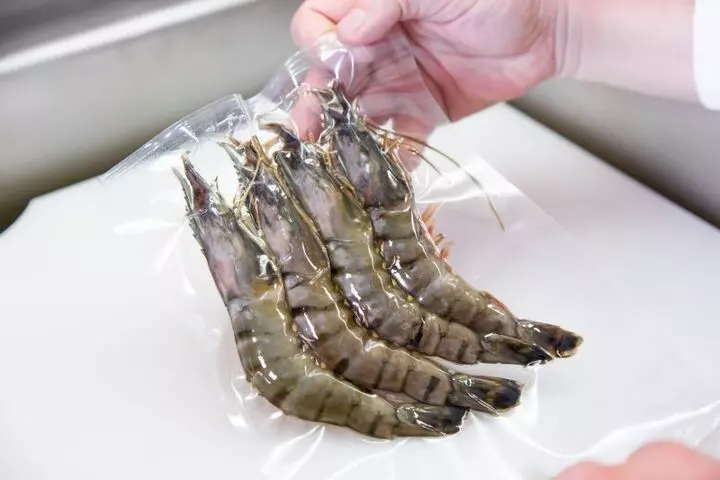
When we have a series of elements that we do not usually vacuum-pack because of their delicacy, but it is necessary to vacuum-pack them for some reason such as the current unexpected closure or any type of disruption in the sales channel, the SU packer includes a program that we call "vacuum by stages". Enrique Fleischmann says, "This vacuum allows us to preserve products with a more gentle and gradual vacuum process that will allow those more delicate elements not to be affected by a standard vacuum that could be too aggressive for them. Vacuum by stages can be useful for cured elements which contain fat which must not be lost during the process. This is true for cheeses, hams... and in ingredients such as seafood (lobster, king prawns, prawns, etc.)."
As for the latter, they may not be the most common ingredients in vacuum packaging, but given the need to store them, this can be a professional way to do so.
Liquid detector: optimises the vacuum achieved without spilling liquids
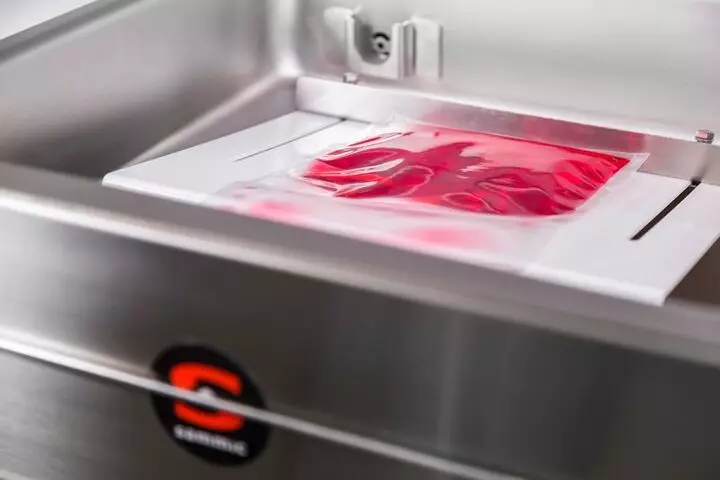
In Fleischmann's words, "This function is certainly one of the most practical tools to ensure the profitability and performance of a vacuum system." When packaging large quantities of liquid such as soups, sauces, juices, etc. the liquid detector can be a very effective solution. With this system, which stops the vacuum process by detecting evaporation, preventing the product from spilling, it is not necessary for the operator to be present during the cycle. During this time, the operator can attend to other tasks while the packaging is taking place in a correct, standardised and professional way, achieving the maximum vacuum that can be obtained at any given time.
A hint:
Since the boiling point of a liquid depends on atmospheric pressure and temperature, the colder the product, the higher the percentage of vacuum reached without the liquid spilling out, improving its conservation time.